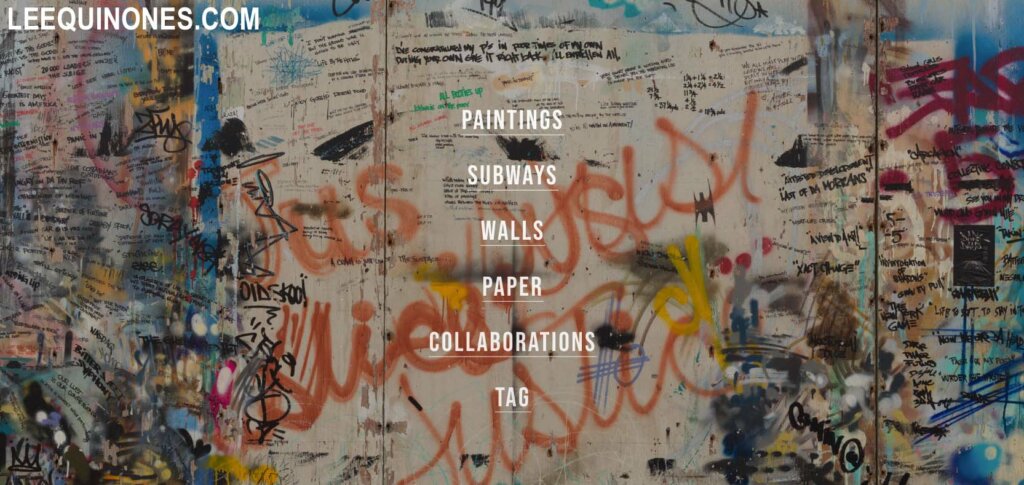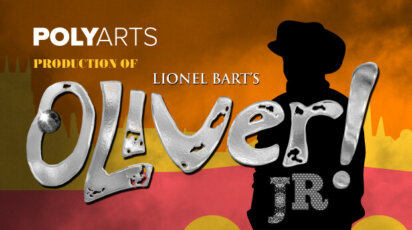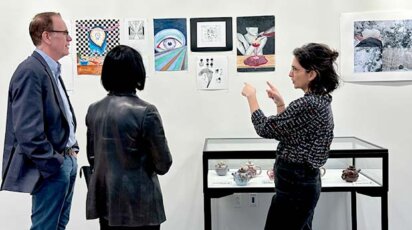News
NYC Street & Subway Art Legend Lee Quiñones
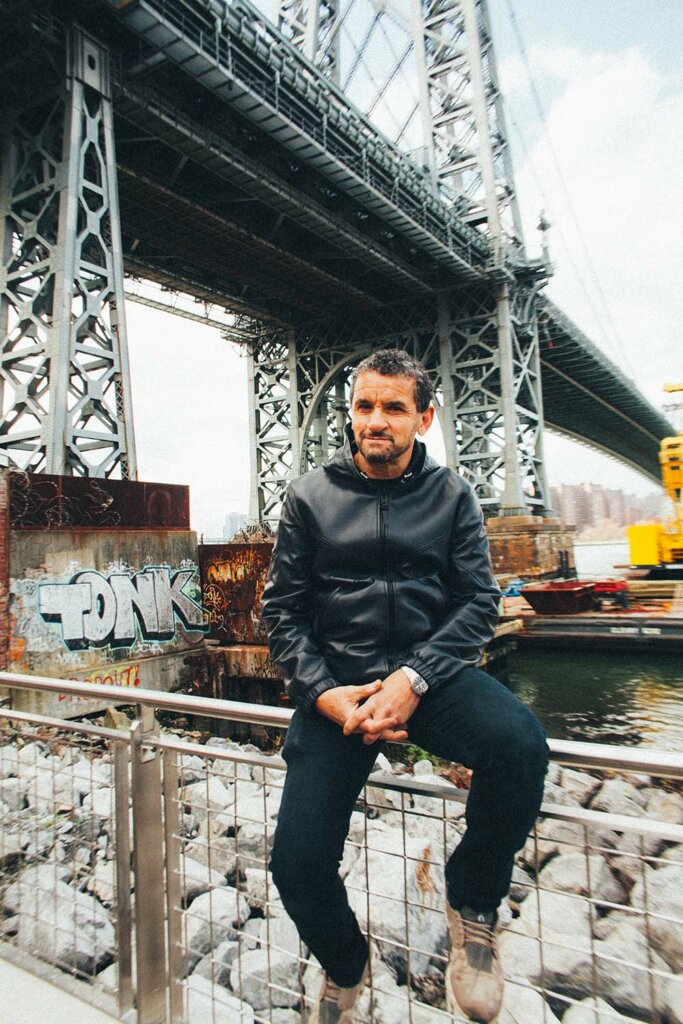
Lee Quiñones’ artistic career began in the 1970s as a teenage graffiti artist tagging and painting entire New York City subway cars in a powerful new art movement.
Today he is world-renowned and among the artists whose work will be offered at auction at Poly’s upcoming Art for Arts Celebration on March 11. (See below for more info and the work to be auctioned.)
Inspiration & Innovation at a Pivotal Time in NYC
Sitting around a seminar table with Dan Herwitt’s Advanced Portfolio class, Lee Quiñones P’27 painted a picture for them of what it was like in those wild days recalled in the 1983 documentary, “Style Wars,” which the class had seen. Born in Puerto Rico, but raised on the Lower East Side of Manhattan, as a youngster, Quiñones was attracted by the color he saw all around him on the trains. Quiñones found himself spending more time in the city’s subway tunnels than in school. As he painted himself “out of really bad situations,” Quiñones was a major influence in creating a global art movement. As it spread, the movement went from “crude tags to masterpieces,” Quiñones said.
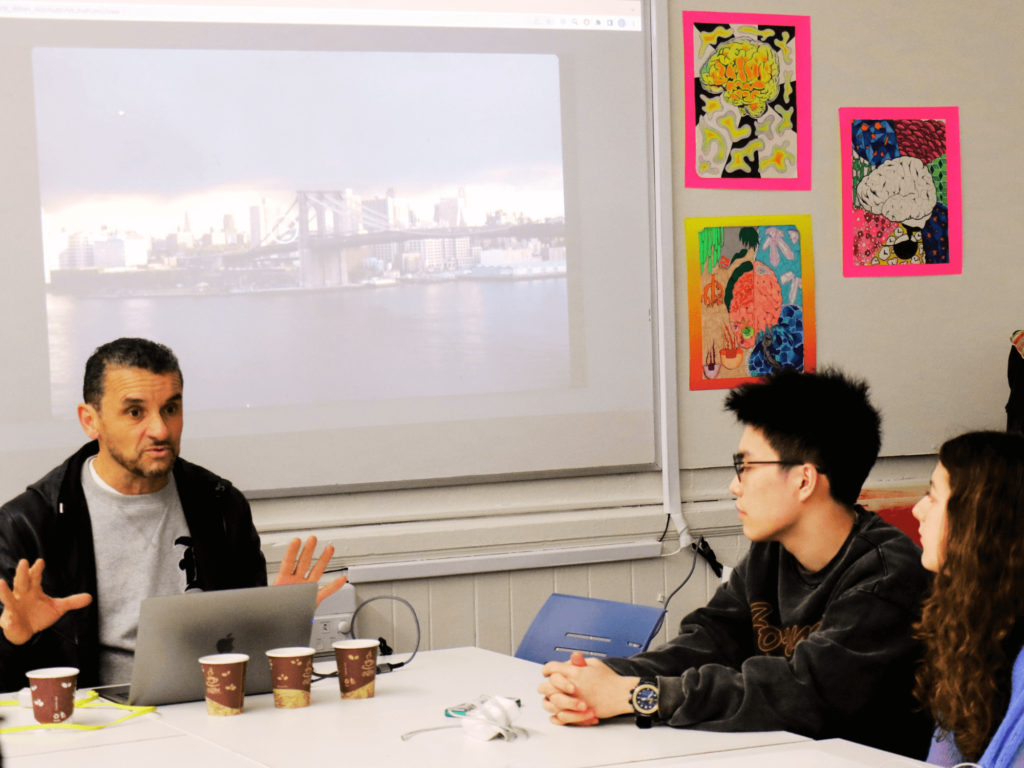
After class Jordan Millar ’24 said, “I found Lee’s retelling of how graffiti’s alignment with hip-hop and New York City culture during that time period led to its prominence. Ultimately, it was really interesting to learn about how art was able to not only influence, but also coincide with culture.”
Birth of an Art Movement
Soon, Quiñones was painting whole train cars and murals in the rail yards and accessing the “terrifying walkway” along the Williamsburg Bridge. He hoped to “capture the imagination of train riders” and recalled riding the number 4 or 5 subway lines in cars that he had painted the night before so he could watch people’s reactions to his work.
In 1979, art dealer Claudio Bruni saw Quiñones’ subway art tagged “LEE” and that of Fred Brathwaite, better known as Fab 5 Freddy, tracked them down, and invited them to be part of an exhibition in his Galleria La Medusa in Rome. According to an interview in Bomb magazine, Quiñones recalled, “Fresh off the trains, Fred and I hastily painted the pieces in the show at a popup studio we shared with Basquiat down at the bottom of Canal Street. The show sold out before it even opened to the public. Then Claudio organized a show at the Paolo Seno Gallery in Milan the very next year in 1980.”
Evolution From Subway Cars to Canvas
Quiñones described for the class his transition from trains to canvas. Whereas his work on the trains was “very physical and 8-10 hours overnight,” it was very different to be faced with a blank canvas in a studio. “I think I was most surprised to hear about Mr. Quiñones’ transition from graffiti art to canvas,” said Millar. “It was really interesting to hear that it was somewhat of a difficult process for him, and I think it showed me that your artistic process and even preferred style of working can definitely change over time. Hearing the evolution of Lee’s art process and journey was both interesting and surprising to me.”
In considering what Quiñones shared, Millar said, “I definitely think that Lee’s emphasis on the publicity of graffiti art made me think about my own artistic process differently. Because I am very drawing oriented, my own artistic process is very individual and only a few people typically view my work in its finalized form. Therefore, when Lee was describing how he would sit on the subway watching people enter and react to his own graffiti art that covered the train cars, it was very interesting to me. Lee’s presentation also made me think about how the stages of creating art are very different depending on the circumstances, especially when it is done on such a public platform and under stressful conditions (being that graffiti art was considered a crime).

Art for Arts
Lee Quiñones has donated the original artwork previewed below for Poly’s upcoming Art for Arts auction on March 11, 2023.
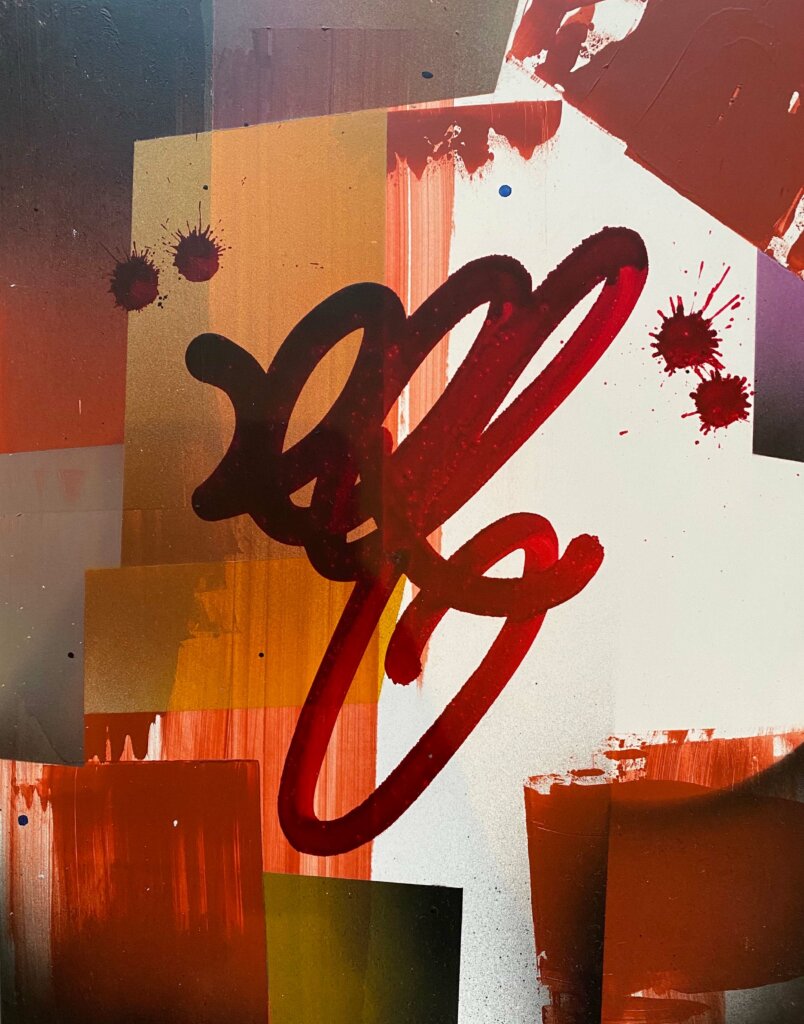
More Information about the artist:
Quiñones is featured in the documentary Boom for Real: The Late Teenage Years of Jean-Michel Basquiat. Watch the trailer. His work was also featured in the exhibition Writing the Future: Basquiat and the Hip-Hop Generation at the Museum of Fine Arts, Boston.
Visit his website:

